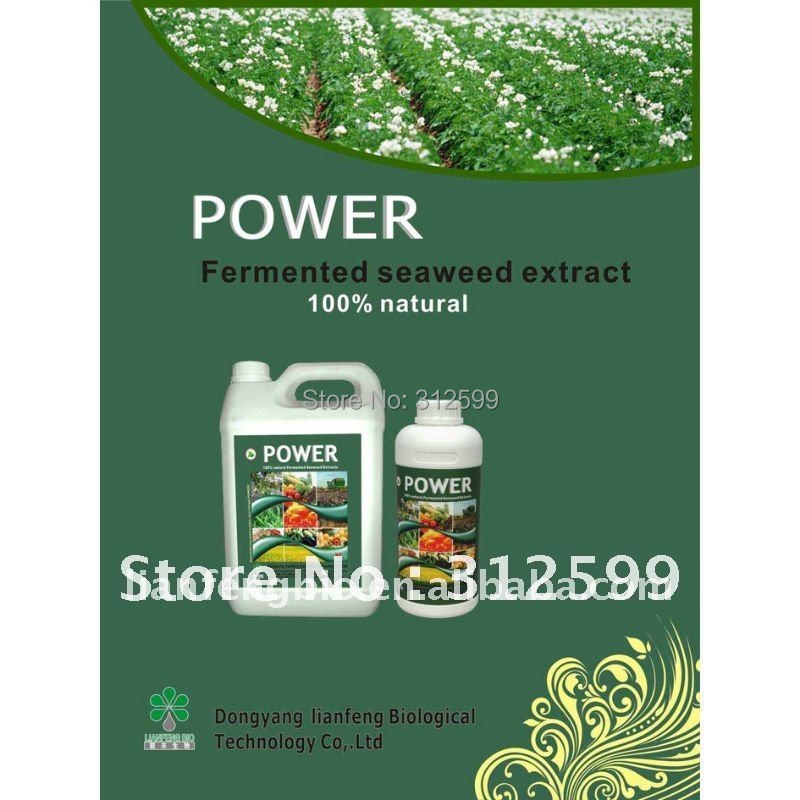
The name of the recipe – Seaweed Pie – makes heads turn. Everyone automatically thinks that it contains actual seaweed and that it tastes awful. The truth is that there is no seaweed whatsoever in this recipe and it is the most delicious tasting dessert. Plus it is easy to prepare and doesn't take long to set.
Seaweed pie
- Serves: 12
- Prep Time: 15 minutes
- Total Time: 2 hours
Ingredients
- 1 Angel Food Cake
- 2 pkg. Pistachio Pudding mix
- 4 cups of milk
- Whipped cream
- 2 Crispy Crunch bars
Instructions
Crumble the Angel Food cake into small pieces. Spread the pieces in the bottom of a rectangular glass baking dish.
Mix the pistachio pudding with the milk with an electric mixer on high speed.
Pour the pudding mixture over the Angel Food cake pieces.
Put this in the refrigerator to set for about 30 minutes.
Cover the pudding with Whipped Cream.
Crush the Crispy Crunch bars (or your favorite candy bars) and sprinkle on top of the whipped cream.…
